Timeschedule [March 14]
| Time | Seminar |
|---|---|
| 9:20-9:30 |
Opening Remarks
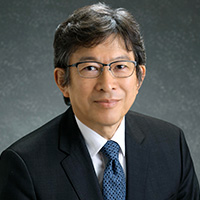
Speaker
|
| 9:30-10:30 |
K-4 Keynote Speech 4
Megatrends Will Drive Robotics Applications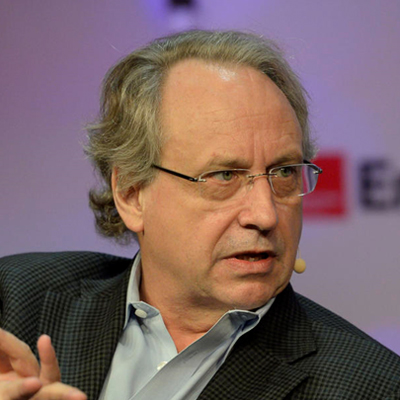
Speaker
SummaryThe world faces four inexorable megatrends: climate change, a demographic inversion to a much older population, urbanization, and the rise of biotechnology. These trends interact with eachother and bring up many challenges for human society. They will drive demands for robotics where there is not enough human labor, and to give dignity and indepence to the elderly. Together they will drive demands on robotics for manufacturing, for services for the elderly, for food production and processing, for fulfilment and delivery services, and for automobile technologies for driver assist and autonomy. These future demands tell us where to concentrate research now. At the same time advances in biotechnology may be a wild card in terms of how our future robots will be formed and controlled. ProfileRodney Brooks is Professor of Robotics (emeritus) at MIT, and Chairman, CTO, and founder of Rethink Robotics. He was also co-founder of iRobot Corporation. He received his PhD in Computer Science from Stanford in 1981. His research work as been centered on computer vision, mobile robots, humanoid robots, and Artificial Life. He is a member of the US National Academy of Engineering. At MIT he was the director of the Artificial Intelligence Lab from 1997 to 2003, and then the founding director of the Computer Science and Artificial Intelligence Lab (CSAIL) from 2003 until 2007. Read More
|
| 10:30-11:10 |
S7-1 Sponsored Session
AI Platform for intelligent machines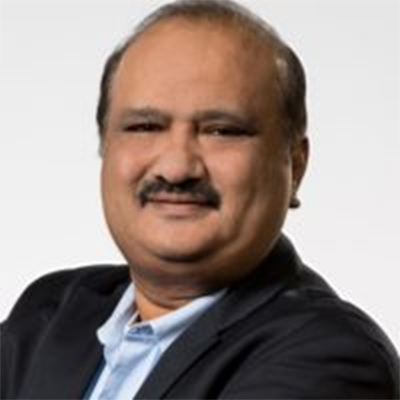
Speaker
SummaryAutonomous machines do more than simply complete tasks. They learn, evolve, and react to the world around them with the power of AI. NVIDIA® Jetson™ is the world’s leading platform for high-performance, energy-efficient AI computing. Robots, drones, and intelligent cameras can now harness the power of deep learning with Jetson TX2, the embedded supercomputer designed for edge devices. With AI at the edge, you count on fast, accurate inference in autonomous machines without worrying about network constraints. ProfileMurali Gopalakrishna heads up product management for intelligent machines at NVIDIA. He also leads the business development team that focuses on robots, drones, industrial IoT and enterprise collaboration products. Previously, Murali was the global head of platform and technology strategy, leading the CTO’s office at Sony Mobile Communications. He was responsible for products ranging from phones, tablets and wearables to IoT platforms. Read More
|
| 11:10-11:50 |
S7-2
Overview of Public Road Experiment of Autonomous Vehicle and Issues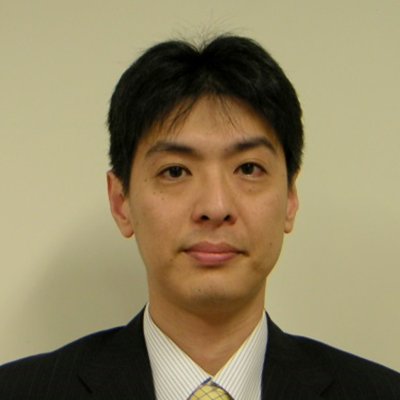
Speaker
SummaryRecently, the autonomous vehicles have attracted worldwide attentions. In Japan, our laboratory have started public road experiment of autonomous driving as a first trial among Japanese universities, and many researchers have also came to started experiment. In this speech, overview of public road experiment of our public road experiment will be explained. In addition, issues given from this trial will also be explained. ProfileNaoki Suganuma is with Kanazawa University, Ishikawa, Japan scince 2002 and has received his BE, ME and PhD degrees from this university in 1998, 2000 and 2002. Since 2015, he started the first public road experiment of Self-driving vehicle on City Street among Japanese Universities. Currently, he is Associate Professor and the leader of Autonomous Vehicle research unit, Institute for Frontier Science Initiative, Kanazawa University. Read More
|
| 11:50-13:00 | exhibition hours |
| 13:00-13:40 |
S8-1
Japan, the great contry on manifacturing, can continue to grow?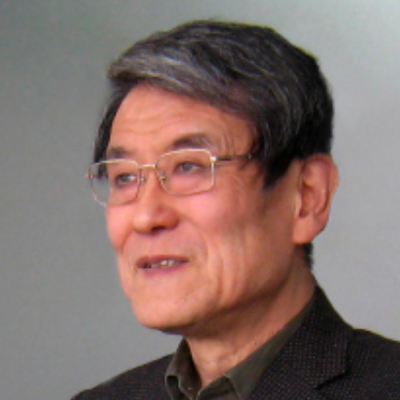
Speaker
Summary
This presentation proposes a ”Robot Value Chain Exportation” that enables sustainable growth in Japan. In exporting robot value chain, we export not only products but also mechanisms to create value of life and production innovation by use of robot as packages. Firstly, the production innovation would be realized either by fully automated multi-robot production cell or by introducing collaborative robot(Cobot) into small and medium-sized enterprises to solve human labor shortage. These production system can produce ”personal machines”, ”robotized buildings” and ”automatic driving vehicles”, equipped with individually adaptable capabilities. ProfileTomomasa Sato is currently a professor emeritus at the University of Tokyo. He received his B.S., M.S., and Ph.D. degrees from the University of Tokyo, in 1971, 1973, and 1976, respectively. Since 1976, he has been with the Electrotechnical Laboratory (ETL) of the Ministry of Industrial Science and Technology. From 1983 to 1984.He moved to the Research Center for Advanced Science and Technology (RCAST) of the University of Tokyo. From 1998, he was a Professor of the Department of Mechano-Informatics. In 2013, he moved to the Future Center Initiatives of the university. His current research interests include human symbiosis robot systems as well as community co-creation robotics. He is an active member of the IEEE Robotics and Automation Society, the Robotics Society of Japan. Read More
|
| 13:40-14:20 |
S8-2 Sponsored Session
Present status and future prospects of robot software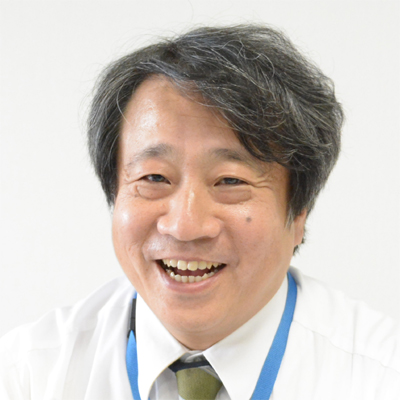
Speaker
SummaryI will consider the current state and future of the robot software. In particular, based on development experience over 15 years and development of own products, RT-middleware for functional Safety(RTMSafety) and indoor autonomous mobile robot software(Rtino), I will look into the future. Profile
Executive Director, SYSTEMS ENGINEERING CONSULTANTS CO.,LTD.(SEC) Read More
|
| 14:20-15:00 |
C-3 Cafe session
Epson’s Robotics Innovation and Autonomous Dual Arm Robot ”WorkSense”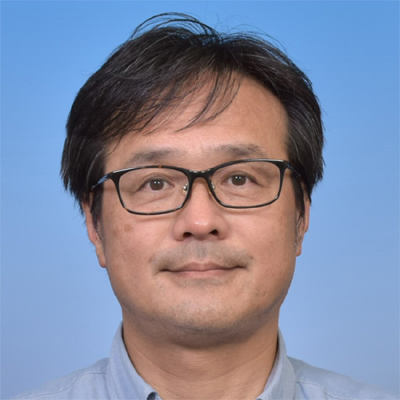
Speaker
SummaryI will introduce the robotics innovation that Epson is aiming for, and explain autonomous dual arm robot ”WorkSense” which is the culmination of that technology. ”WorkSense” is a robot that is equipped with two arms, waist joints, eyes and hands as standard, bring it to the site with casters and perform various work. Profilecoming soon Read More
|
| 15:10-15:50 |
S9-1
Generation of Robot Actions based on Deep Prediction Learning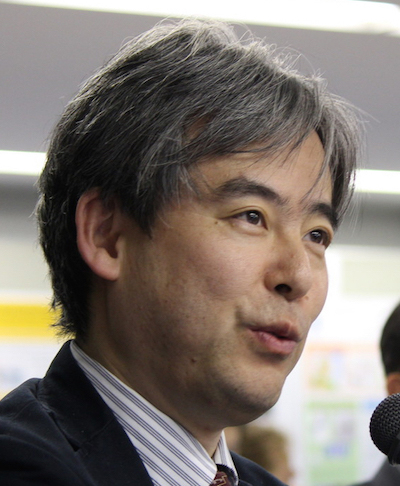
Speaker
SummaryIn this talk, I will present some topics of predictive learning with deep neural networks for robots. One is a multi-modal integration model predicting the future camera images from the current sensory-motor states. The model was introduced to a humanoid robot to manipulate the various soft objects. The second topic is a linguistic communication model of the robot with a recurrent neural model. The future problems for the robot application will be discussed in the end of this talk. ProfileTetsuya Ogata received the B.S., M.S., and D.E. degrees in mechanical engineering from Waseda University, Tokyo, Japan, in 1993, 1995, and 2000, respectively. He was a Research Associate with Waseda University, Research Scientist with the RIKEN Brain Science Institute, Associate Professor with Kyoto University, and is currently Professor with Waseda University. From 2009 to 2015, he was a JST PREST Researcher and is currently a cross-appointment fellow of the Artificial Intelligence Research Center, AIST, Tokyo, Japan. Read More
|
| 15:50-16:50 |
S9-2 Panel Discussion
The birth and growth of the Multimodal AI Robot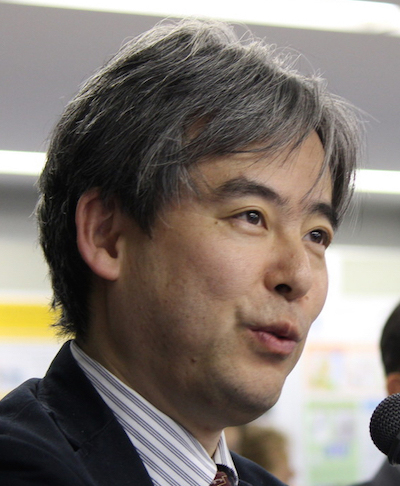
Speaker
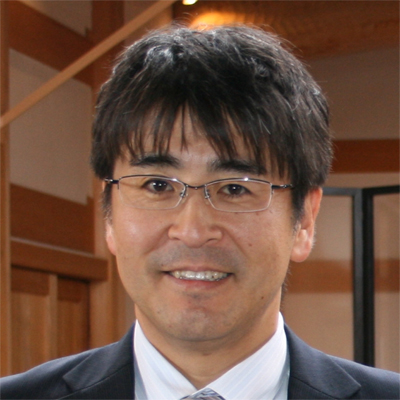
Speaker
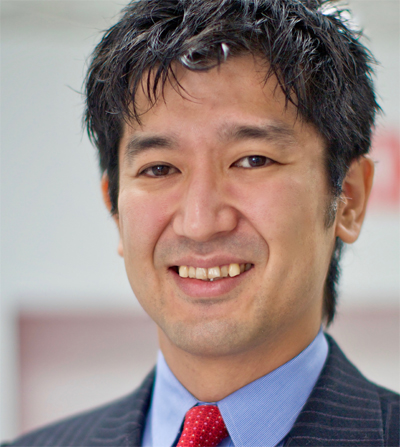
Speaker
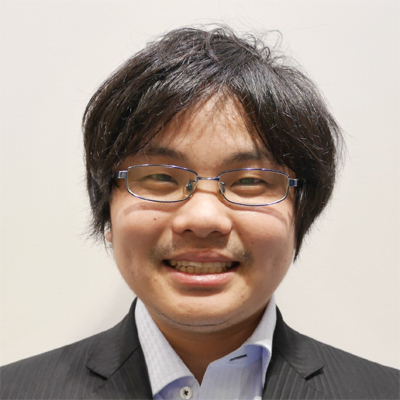
Speaker
SummaryThe Multimodal AI Robot, co-exhibited by Beckhoff Automation, DENSO WAVE, and ExaWizards, is a working progress of an industrial application of the research work done by Prof. Tetsuya Ogata, Waseda University. Four representatives from all parties will discuss the detail of the industry-startup-academia collaboration, illustrating the goal, vision, and history of the project. ProfileWaseda UniversityTetsuya Ogata
DENSO WAVE INCORPORATEDYosuke Sawada
From 1985 to present, DENSO CORPORATION Beckhoff Automation K.K.Toshimitsu Kawano
1998 Bachelor’s degree in Physics, Tokyo University ExaWizards Inc.Satoshi Asatani
Read More
|
| 17:00-18:00 |
K-5 Keynote Speech 5
Shaping the Digital Transformation - opportunities for robotics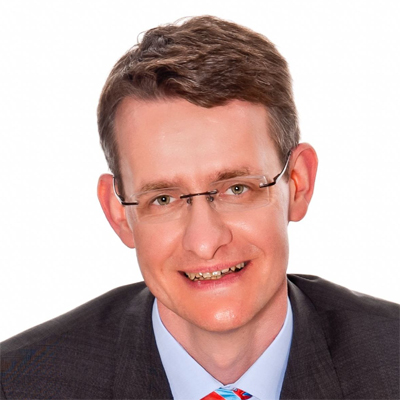
Speaker
Summary
In the next five to ten years, the real and virtual world will continue to merge. The entire value-added chains will be digitalized, integrated and connected from product design up to on-site customer service - across locations, companies, national boundaries and time zones. ProfileHelmut Wenisch is Senior Strategy Program Lead within Digital Factory/Process Industries and Drives Division at Siemens KK in Japan working on Business Excellence topics like CRM strategies, Digital Enterprise and Siemens Automation Cooperates with Education” promotion. Previously, he was heading Siemens’ Corporate Technology in Japan. He also worked for more than 10 years for Sony Japan in different roles (R&D and technology strategy). Helmut Wenisch holds master degrees from Germany and US, a PhD (physics) from Bremen University (Germany) and an MBA from Temple University (Japan). Read More
|
